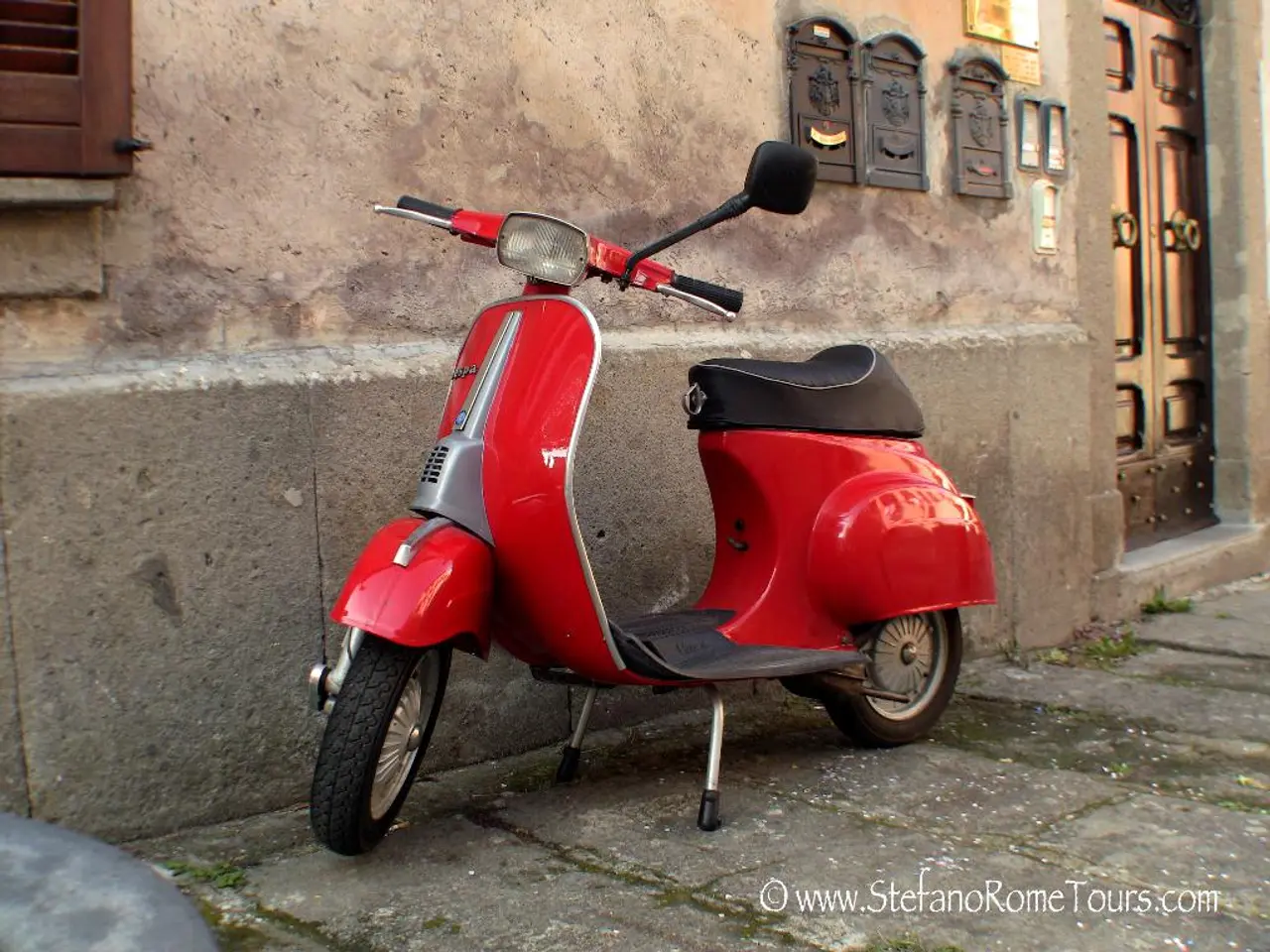Anticipating Mobility Advancements: What's Next?
In a bid to promote sustainable mobility and combat climate change, the German government has declared intermodality as a key goal. This shift towards integrated transportation systems is gaining momentum, with the private car being used for only a quarter of distances in major cities.
Andreas Knie, a mobility researcher, emphasises the importance of rental bikes and e-scooters as companions to public transport, serving as the first and last mile on the way to the station or from there to the destination.
The Dresden University of Applied Sciences is at the forefront of this change, having developed a data foundation for intermodal mobility in the 'REACH-IT' project. This groundbreaking initiative connects all stations in Germany with existing sharing services, aiming to make travel more efficient and eco-friendly.
The project, which includes the calculation of the maximum distance that can be covered from a station, is intended for urban planners, transport associations, and interested citizens. It allows them to simulate scenarios and plan accordingly, ensuring a smoother transition to intermodal mobility.
The study 'Mobility in Germany', conducted every five years, examines the mobility behaviour of the German population. The latest version, from surveys in 2023, paints a promising picture of the shift towards intermodal mobility.
The research project also aims to investigate the accessibility of each individual station. Dresden University of Applied Sciences is currently conducting this research, with the main station in Münster, North Rhine-Westphalia, having the highest accessibility measure of 0.82. Dresden itself has a measure of 0.27, while Wolfsburg has a measure of 0.37.
The least accessible station is the Königshofener Straße stop in Eisenberg, Thuringia, with a measure of 0.032. However, outside metropolitan areas, the car remains the preferred means of transport, followed by walking. Yet, the potential for intermodal mobility exists in the countryside, with 90% of distances covered being shorter than ten kilometers.
To address the barriers to alternatives to the car in the countryside, such as poor cycling infrastructure and sparse timetables, a citizen bus project in Großpösna near Leipzig aims to contribute to the mobility turnaround. Operated by 18 volunteers, the project takes people from the village when the public bus does not run.
The impact of construction sites or destroyed bridges on travel plans could be analysed in real-time using the map tool developed by the researchers. Every fifth household in major cities is a member of at least one car-sharing provider, and the tool is also intended for interested citizens.
The study 'A Scalable Platform for Intermodal Accessibility Analysis in Public Transport Including Shared Mobility' was published in July 2025 in the journal HMD Praxis der Wirtschaftsinformatik. The researchers developed a mathematical measure of accessibility for each station based on public data on stations, timetables, and sharing services.
Intermodal mobility, which involves switching between mobility offers as needed, accounts for 4-5% of the traffic routes in cities. With initiatives like the REACH-IT project and the citizen bus project in Großpösna, this percentage is expected to grow, making Germany a pioneer in sustainable mobility solutions.
Read also:
- Corporate gathering dominated by avian attendees
- Changes in manufacturing and consumer habits driven by cosmetic certification processes
- Expanding Bio-based Polypropylene Market to Showcase a Compound Annual Growth Rate (CAGR) of 26.5% till 2034
- victory for Central Java communities in landmark lawsuit against textile conglomerate over pollution issues






